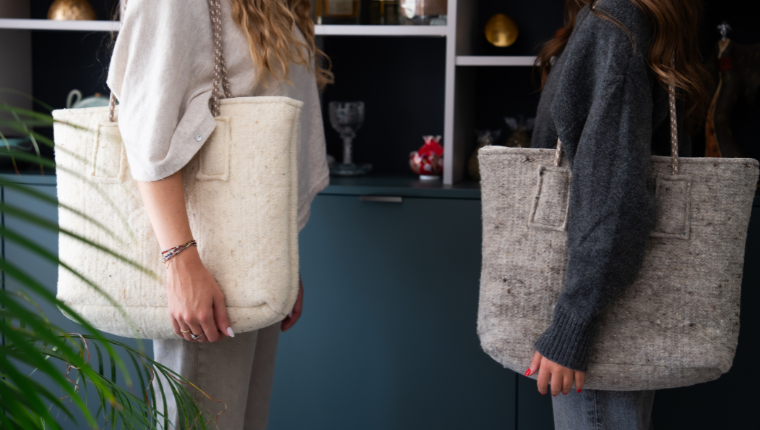
What are the most suitable materials for comfortable slippers?
The Ideal Materials for Comfortable Slippers: The Complete Guide
The choice of material is crucial to ensure the comfort, durability and adaptability of your slippers.
Each material has unique characteristics that meet different needs, such as warmth, breathability or robustness.
In this article, we explore the most common materials and how to choose the ones that best suit your needs.
The impact of material choice on the comfort and durability of slippers
Thermal comfort and breathability
Some materials, such as wool, offer excellent thermal insulation, ideal for the winter months. On the other hand, cotton is lightweight and breathable, perfect for warmer seasons.
Wear resistance and easy maintenance
Materials like leather and felt are known for their durability. They hold up well to daily wear and tear while requiring simple and effective maintenance.
Adaptability according to season and needs
Synthetic materials, often designed to mimic the properties of natural materials, can be tailored for seasonal or specific use, such as waterproof outdoor slippers.
The most popular materials for quality slippers
Wool: incomparable warmth and softness
Wool is a natural material that is perfect for winter. It provides exceptional insulation while regulating temperature, preventing feet from overheating. Merino wool slippers, for example, are highly prized for their softness and lightness.
Cotton: lightness and breathability
Cotton is ideal for summer slippers or warm climates. Its ability to absorb moisture makes it a popular choice for people who tend to sweat.
Leather: robustness and elegance
Known for its durability, leather brings a touch of sophistication to slippers. It is often used for outdoor or semi-outdoor models, thanks to its robustness and natural waterproofness.
Felt: simplicity and durability
Felt, made from compressed wool, is a durable and easy-care material. It offers a good balance between thermal comfort and wear resistance.
Synthetic materials: practicality and modernity
Polyester and other synthetic materials are lightweight, durable, and often less expensive. They are used for modern slippers, sometimes waterproof or designed for specific uses.
Comparison of materials to help you choose the right slippers
| Material | Benefits | Disadvantages |
|---|---|---|
| Wool | Thermal insulation, softness, breathability | Less durable without regular maintenance |
| Cotton | Lightweight, breathable, hypoallergenic | Less warm for winter |
| Leather | Rugged, stylish, water resistant | High cost, specific maintenance |
| Felt | Durable, eco-friendly, easy to clean | Less flexible |
| Synthetics | Affordable, varied, resistant | Less breathable, ecological impact |
The guide to choosing the right material for your slippers
Depending on the season: winter or summer
- Winter : choose wool or felt for their ability to keep your feet warm.
- Summer : opt for cotton or light, breathable materials.
For indoor or outdoor use
- Interior : Soft materials like wool or cotton are sufficient.
- Exterior : Leather or waterproof synthetic materials are preferred.
For sensitive or allergic feet
Natural materials like organic cotton or hypoallergenic wool are ideal for minimizing irritation.
Eco-responsible trends in the manufacture of slippers
Recycled materials: felt made from recycled plastic bottles
Slippers made from recycled felt are becoming increasingly popular. They combine sustainability and environmental friendliness.
Biodegradable natural fibers
Some brands favor materials like hemp or bamboo, which are not only comfortable but also eco-friendly.
Hybrid materials for optimized comfort
Combinations of natural and synthetic materials combine comfort, aesthetics and performance.
Maintain your slippers in good condition according to their composition
Cleaning wool or cotton slippers
- Use mild detergent for hand washing.
- Avoid tumble drying, which could alter the shape of the slippers.
Caring for Leather Slippers
- Clean with a damp cloth and apply leather cream to keep them supple.
- Avoid exposing them to prolonged humidity.
Maintenance of synthetic materials and felts
- Synthetic materials can often be machine washed at a low temperature.
- Felt requires gentle brushing to remove dust.





Leave a comment
This site is protected by hCaptcha and the hCaptcha Privacy Policy and Terms of Service apply.